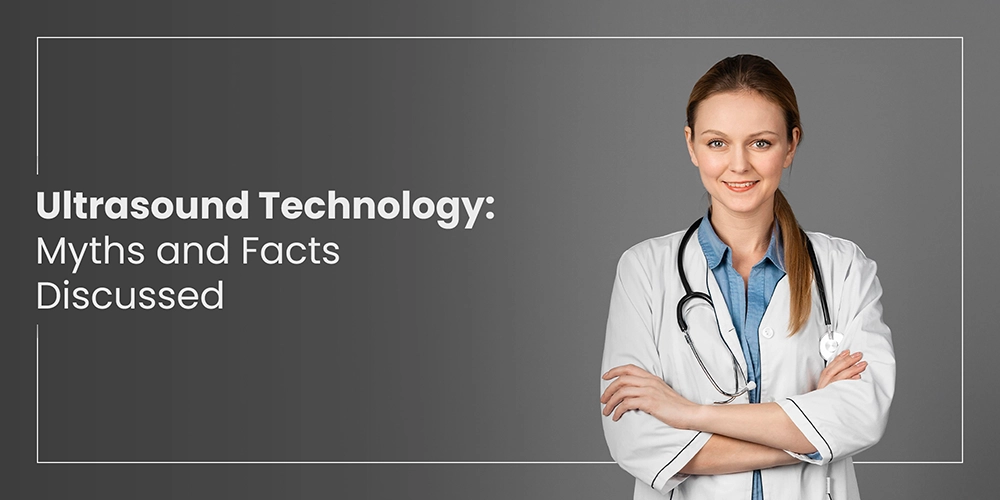Ultrasound imaging, or sonography, has become vital to modern diagnostics, especially in obstetrics, cardiology, and internal medicine. There are countless misconceptions about ultrasound, with some raising safety issues while others set unrealistic expectations. We need to set the record straight and back these facts up with peer-reviewed evidence.
Myth 1: Ultrasound Uses Harmful Radiation
Fact: Ultrasound uses sound waves, in contrast to X-rays and CT scans, which use ionizing radiation. It has no hazards from the standpoint of the mother or the fetus and is therefore ideal in prenatal care.
Myth 2: Ultrasound Is Only for Pregnant Women
Fact: While they are amenable to investigation of fetal development, ultrasound examinations are carried out hourly for the liver, kidneys, thyroid, heart, musculoskeletal system, arteries, veins, and so on.
Myth 3: All Ultrasounds Are the Same
Fact: There are several types—2D, 3D, 4D, Doppler, and elastography. Each serves a unique purpose depending on clinical need.
Myth 4: Ultrasounds Are Always 100% Accurate
Fact: Ultrasound accuracy truly depends on the quality of the equipment, the skill of the operator, and a number of patient factors, with body composition playing a major role. It is fairly excellent, although not infallible.
Myth 5: It Hurts or Is Uncomfortable
Fact: It is non-invasive and usually does not cause any discomfort. Transvaginal or pelvic examinations may, at times, cause slight discomfort, but this is well-tolerated.
Myth 6: Results Are Instantly Interpreted
Fact: While images are visible to the sonographer during scanning, reports are usually completed by radiologists after detailed review, often taking hours to finalize.
Myth 7: It Is Neither Necessary Nor Worth It to Make an Ultrasound at Home
Fact: The handheld or smartphone system can never replace professional-grade imaging and the training-level interpretation granted by a trained radiologist, especially for critical diagnostics.
Myth 8: It Detects All Types of Cancers
Fact: Ultrasound helps in detecting some of the cancers (like breast, thyroid, liver) but not all. Usually, MRI, CT, or sometimes biopsy is needed to confirm.
Myth 9: There Are No Preparation Guidelines
Fact: Some scans require preparation, like fasting before an abdominal scan or drinking water to have a full bladder before a pelvic scan.
Myth 10: Beyond Diagnosis, It Serves No Purpose
Fact: Ultrasounds can also guide therapeutic procedures like biopsies, fluid aspirations, and pain-relieving injections.
Bursting ultrasound myths enhances public knowledge, ensuring proper diagnosis, and provides a better alliance between the patient and the health service provider.

